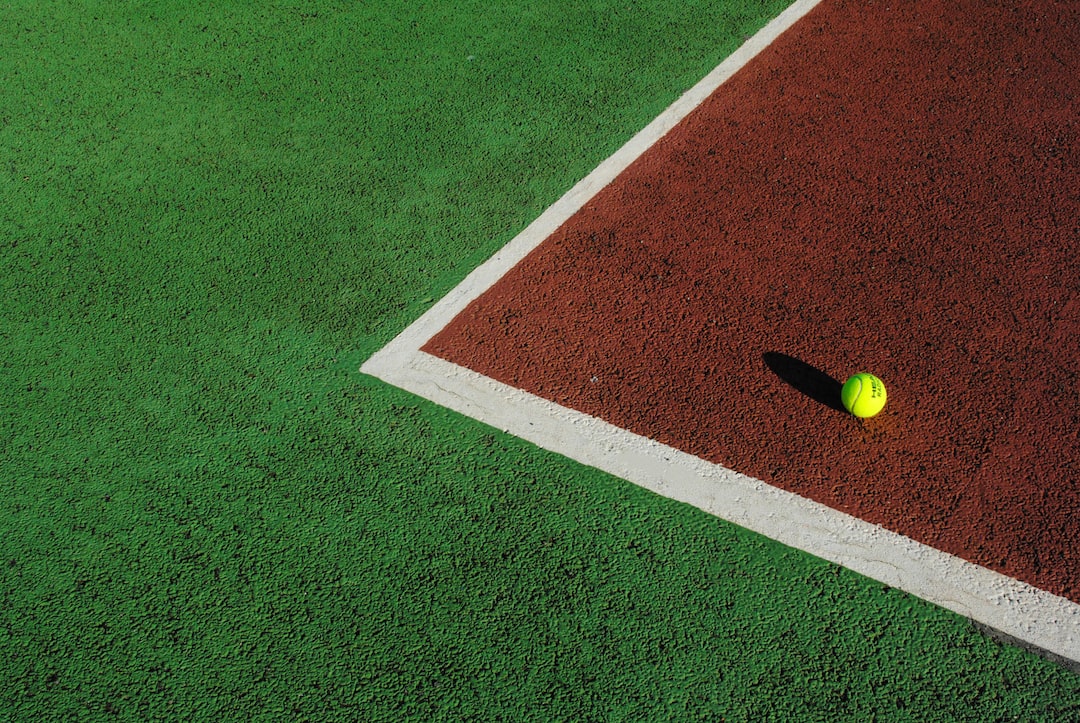The Physics of Sports: Exploring the Science Behind Winning
Sports are not just about athleticism; they also involve elements of science, specifically physics. From the velocity of a baseball pitch to the trajectory of a basketball shot, the principles of physics play an integral role in determining a successful outcome in many sports. In this blog post, we will delve into the fascinating world of sports physics and explore some of the scientific concepts behind winning.
One of the fundamental principles of physics that becomes apparent in sports is Newton’s laws of motion. These laws explain how objects move and interact with each other. Let’s start with the first law known as the law of inertia. According to this law, an object at rest will remain at rest, and an object in motion will continue moving at a constant velocity unless acted upon by external forces. In the realm of sports, this law holds true for various scenarios. For example, a curling stone sliding on ice will continue moving until the friction between the stone and the ice slows it down. Similarly, a hockey puck glides on the ice until it encounters forces like stick contact or player interference.
The second law of motion states that the acceleration of an object is directly proportional to the net force applied to it and inversely proportional to its mass. In other words, the more force applied to an object, the greater the acceleration it will experience. This is evident in sports such as baseball, where pitchers exert considerable force to throw the ball with high velocity towards the batter. The faster the pitch, the less time the batter has to react, increasing the chances of a strikeout. Moreover, this law also explains why lighter athletes are generally faster and more agile compared to their heavier counterparts. With less mass to accelerate, they can reach top speeds quicker.
Next, let’s explore the concept of projectile motion, which is crucial in sports like basketball and soccer where players aim to shoot balls into nets or goals. Projectile motion refers to the curved path of an object in freefall caused by both its horizontal and vertical velocities. When a basketball player takes a jump shot, for example, the ball follows a parabolic trajectory. Physics dictates that the optimal angle for maximum range is around 45 degrees, as this maximizes the horizontal distance covered while not sacrificing too much vertical height. Understanding these principles can significantly improve a player’s shooting accuracy.
Another fascinating aspect of physics in sports is the conservation of angular momentum. Angular momentum refers to the quantity of rotational motion possessed by spinning or rotating objects. In sports like figure skating, gymnastics, and diving, athletes often perform graceful spins or somersaults. By aligning their bodies in a specific way during these maneuvers, they can either increase or decrease their rotational speed. This principle allows figure skaters to spin faster or gymnasts to execute multiple somersaults while maintaining their balance.
Apart from the laws of motion, the coefficient of friction is another important physics concept that influences sports performance. The coefficient of friction determines the level of grip or traction between two surfaces. In sports like car racing, the coefficient of friction between tires and the track surface can determine whether a driver maintains control over their vehicle or skids out of control. Similarly, in soccer, the type of cleats used can impact a player’s ability to change direction quickly or maintain balance. Understanding and optimizing the coefficient of friction can provide a competitive advantage in many sports.
In conclusion, sports and physics have a deeper connection than meets the eye. From the laws of motion to projectile motion, angular momentum, and friction, physics plays a critical role in determining the outcomes of various sporting activities. Athletes who comprehend and apply these principles can enhance their performance, making them more likely to achieve success. So, the next time you watch a thrilling sports event, take a moment to appreciate the science behind winning and marvel at how the laws of physics shape the outcome on the playing field.

